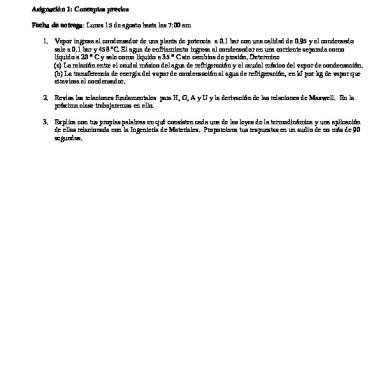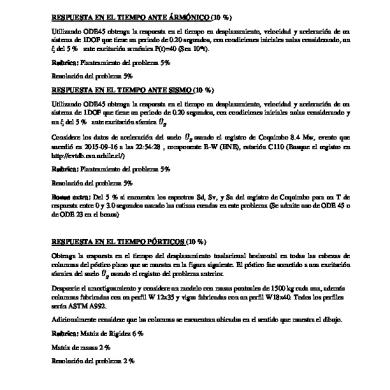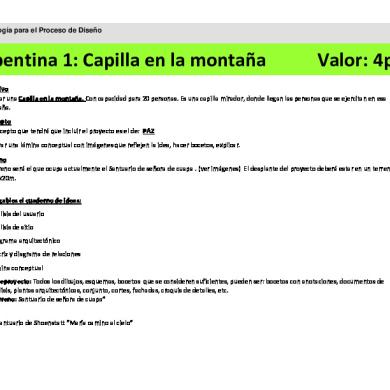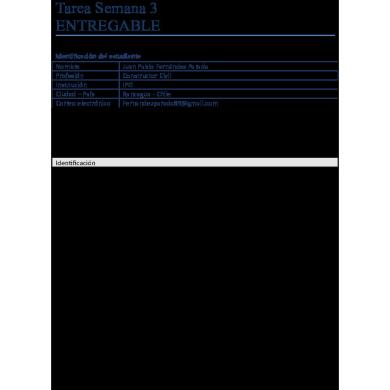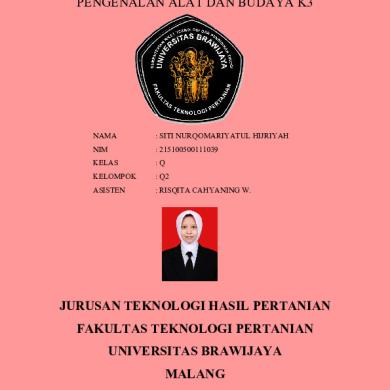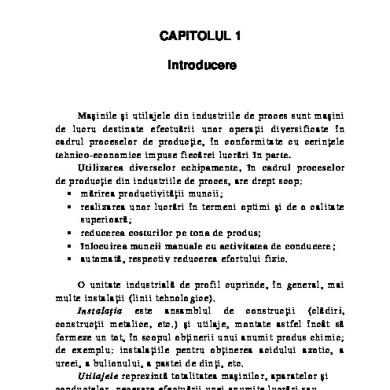* The preview only shows a few pages of manuals at random. You can get the complete content by filling out the form below.
Description
Department of Education
Arts 9 Arts of the Renaissance and Baroque Periods Second Quarter - Week 4
Farida D. Soriaga Jennifer Ann B. Copada Writers Evangeline M. Aman Validator Efleda F. Enerlas Editor
Daife C. Olaira Buena C. Dela Cruz, Ed.D. Wilson F. Pascual Edison C. Enerlas Division Quality Assurance Team
Schools Division Office – Muntinlupa City Student Center for Life Skills Bldg., Centennial Ave., Brgy. Tunasan, Muntinlupa City (02) 8805-9935 / (02) 8805-9940
This self - learning module will help you acquire knowledge in the Arts of Renaissance and Baroque Period. It has the following specific objectives:
Discuss the influences of the Renaissance and Baroque periods on the Philippine art forms. Create artworks guided by techniques and styles of the Renaissance and the Baroque periods
Directions: Encircle the letter of the best answer. 1. A kind of Renaissance artwork, which was characterized by its symmetry and balance. A. Architecture C. Sculpture B. Painting D. Secular art 2. This art period was best described by its accurate anatomy, deeper landscape and scientific perspective. A. Gothic C. Medieval B. Baroque D. Renaissance 3. He was known as the Renaissance Man. A. Raphael C. Leonardo B. Donatello D. Michaelangelo 4. A period when the style for architecture and arts impressed visitors and triumph. A. Baroque C. Classical B. Gothic D. Renaissance 5. One of his greatest works was the “Colonade of the Piazza of St. Peter’s Rome”. A. Caravaggio C. Rembrant B. Bernini D. Rubens 6. In what art period did the Spanish and Portuguese architectural style of churches in the Philippines became prominent? A. Gothic C. Baroque B. Classical D. Renaissance 7. What sculpture of Michaelangelo portrayed pain and the idea of redemption? A. Pieta C. Moses B. David D. Dying Slave 8. What is the process of mixing ground color with egg yolk, as Da Vinci did in his “Last Supper”? A. Tempera C. Encaustic B. texture D. Ivory
1
9. Whose artwork is the Ecstasy of St. Teresa ? A. Bernini C. Rembrant B. Rubens D. Michaelangelo 10. In what Philippine art can Western influences be seen? A. painting and dancing C. weaving B. sculpting D. all of the above
In this part, we’ll connect the previous lessons to the topics in this module. Can you still remember your past lessons on arts? Try to answer this activity. Good luck! Directions: Identify the artists who created the following artworks. Choose your answer from the word box and write it on the space before the number. Donatello Bernini
Michaelangelo Leonardo Da Vinci
Raphael Velasquez
_____1. Equestrian Monument of Gattamelata _____2. Mona Lisa _____3. Sistine Madonna _____4. The Last Supper _____5. Pieta _____6. The School of Athens _____7. Ecstasy of St. Teresa _____8. Las Meninas _____9. The Adoration of the Magi _____10. Moses
The Baroque Churches of the Philippines consist of 4 churches built during the Spanish colonial era in the late 16th century – San Agustin Church in Manila, San Agustin Church in Paoay, Ilocos Norte, Nuestra Señora de la Asuncion in Santa Maria, Ilocos Sur, and Santo Thomas de Villanueva Church in Iloilo.
2
These churches have stood out in the history of the Philippines by furthering Christianity in the island nation, providing political stability during the colonial rule of the Spanish. While locals have subjected the structures to rebellious attacks revolts, UNESCO officially listed them as World Heritage Sites in 1993. The Baroque Churches of the Philippines portrays the fusion of local materials, decorations and techniques of construction with Baroque European church designs, heralding a unique tradition of church building. The churches’ characteristic features include strong buttresses to withstand the effects of earthquakes, as the region is prone to regular volcanic and earthquake activities, and a separate bell tower.
Activity 1 Directions: Compare the two architecture using the elements of art. Use the table below for your answer.
Facade of the Intramuros Philippines
( Façade of the Church of the Gesu,Rome -
Elements of Art
Façade of the Church of the Gesu
Line Shape Color Space Forms
3
Facade of the Intramuros
Process Questions: 1. In what period can you classify the two structures? Why?
Activity 2: “My Own Creation with Baroque Design” Materials: Oslo paper/bond paper, old magazines, glue, pencil Procedure:
1. Illustrate or imitate the facade using the materials. 2. Cut the magazines into strips. 3. Paste it on the design of the façade you made.
Sant’Agostino Church,Rome http://romanchurches.wikia.com/wiki/Sant’Agostino
Reflection Questions: 1. What is the message conveyed in your artwork? __________________________________________________________________________ __________________________________________________________________________ __________________________________________________________________________ 2. How do you find your output? __________________________________________________________________________ __________________________________________________________________________ __________________________________________________________________________ 3. Is it a Renaissance or Baroque inspired? ___________________________________________________________________________ ___________________________________________________________________________
_____________________________________________________________________ 4
Directions: Express what you have learned in this lesson by completing the sentences below. 1. I have realized ______________________________________________________ _____________________________________________________________________ _____________________________________________________________________ _____________________________________________________________________ 2. What have you discovered about the influences of Renaissance and Baroque on Philippine art? ___________________________________________________ _____________________________________________________________________ _____________________________________________________________________ _____________________________________________________________________ 3. I have learned ______________________________________________________ _____________________________________________________________________ _____________________________________________________________________ _____________________________________________________________________
Directions: Color the picture according to distinct characteristics of two periods. Activity 1: Renaissance Art vs Baroque Art
Renaissance Art 5
Baroque Art Activity 2: “Collage Making” The artistry of the early Filipinos was expressed through carving and painting designs in their churches. Materials: bond papers, paste, permanent marker Procedure: 1. Research on the different Philippine churches with Baroque designs. 2. Collect pictures, paste them on bond papers and label each 3. Make an album of the pictures. Reflections Questions: 1. What elements of art are shown in the pictures you pasted? 2. What characteristics of the churches that you choose can be considered and classified as Baroque? 3. Name some Philippine artwork/s which has similar characteristics with the Renaissance and Baroque Period?
RUBRIC Criteria 1. All instructions were followed 2. Proper use of materials 3. Chosen design was justified by answering all questions 4. Neatness of the artwork
6
5
4
3
2
1
Directions: For each of the following item, choose and encircle the letter of your answer. 1. How did Renaissance and Baroque art style arrived in the Philippines? A. It was brought by the Spanish B. The new idea came from Italy C. It arrived through Chinese influences D. Baroque appeared in the Philippines at the same time it did in Europe 2. What materials were used for the exterior of Baroque churches in the Philippines? A. Reinforced concrete. C. Wood B. Brick and sometimes stone D. Noble materials 3. Which Roman Catholic church is located inside the historic walled city of Intramuros in Manila? A. Santa Maria Church ,Bohol B. Baclayon Church C. San Agustin Church, Manila D. Santo Tomas de Villanueva Parish 4. Which are important elements of arts that help express feelings, mood and meaning through art symbols. A. Color and line C. shape and space B. Value and texture D. all of the above 5. In this period the style for architecture and arts impress visitors and triumph. A. Baroque C. Classical B. Gothic D. Renaissance 6. An art style that is typically larger than life size, dynamic movement, and active use of space and Grande A. Sculpture B. Painting
C. Cubism D. Realism
7. A Baroque church located in Ilocos Norte. A. San Agustin Church in Paoay B. Santa Maria Church in Bohol C. San Agustin Church, Manila D. Santo Tomas de Villanueva Parish Church 8. What church in Miag-ao, Iloilo was declared by UNESCO as one of the world’s heritage sites. A. San Agustin Church in Paoay B Santa Maria Church
C. San Agustin Church, Manila D.Santo Tomas de Villanueva Church
7
9. Considered as the oldest and longest standing church in the country. The church was the only structure left intact in Intramuros during World War II. This is also the only UNESCO World Heritage Site in Manila. A. B. C. D.
San Agustin Church in Paoay Santa Maria Church , San Agustin Church, Manila Santo Tomás de Villanueva Church
10. In the far north of the Philippines stands a heritage site amid sprawling green lawn and brick walkways. This church is popular for its 24 extravagant coral-block buttresses and ornate stone finials. A. San Agustin Church in Paoay B. Santa Maria Church, Bohol C. San Agustin Church, Manila D. Santo Tomás de Villanueva Parish Church
8
References:
Mary Grace Badiola, Mary Ann Vecino, Danilo Duyan, Mae Bongcawil, Jenny Mendoza, Gail Josephine Bustillo, Ace Sauden Pambuan, Lourdes Siobal: Music and Arts – Learner’s Material: Department of Education, 2014, 205 211 https://www.pinterest.ph/pin/335096028495822728/ Go Asia Philippines Sant’Agostino Church,Rome http://romanchurches.wikia.com/wiki/Sant’Agostino
Answer Key
Looking Back 1. Donatello 2. Leonardo da Vinci 3. Raphael 4. Leonardo Da Vinci 5. Michelangelo 6. Raphael 7. Bernini 8. Velasquez 9. Leonardo 10. Michelangelo
Pre-Assessment 1. A 2. D 3. C 4. A 5. B 6.C 7. C 8. A 9. A 10.D 9
Post Assessment 1.A 2.B 3. C 4. D 5. A 6.A 7. A 8. D 9.C 10.A



